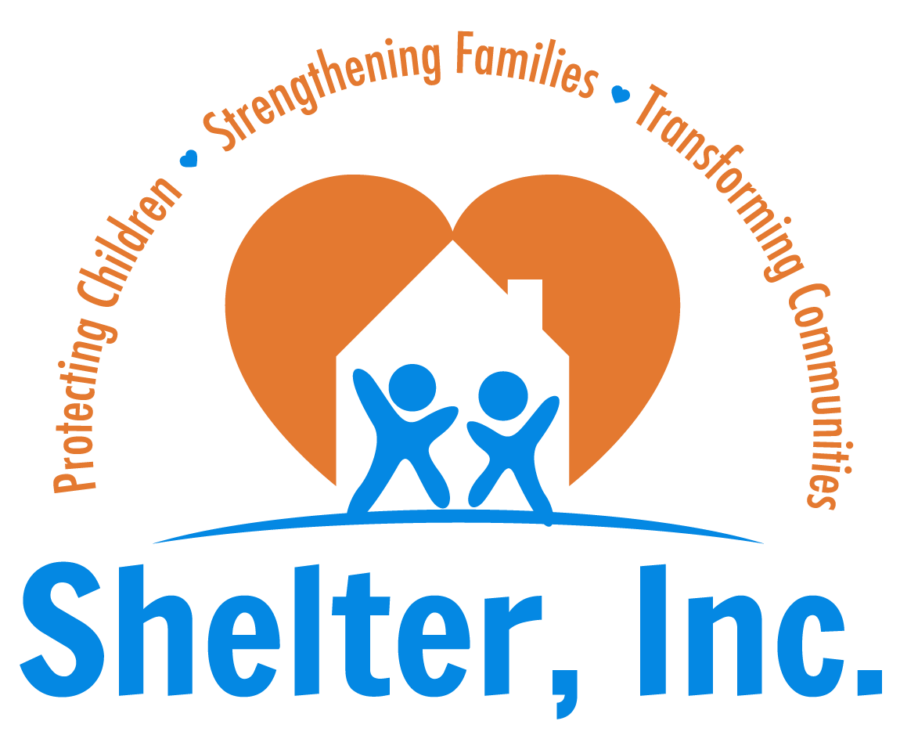
Since March of 2020, the pandemic fists have been pummeling children from every direction, just as they have adults, but often in different ways. Before we can learn how to help our kids, we need to know their challenges, and there we have help. For example, psychologist Tali Raviv from Northwestern University published a study involving over 40,000 Chicago Public School children from kindergarten through 12th grade in April 2021. Caregivers reported their observations of the children in 12 different areas. Positive metrics included feeling relaxed and hopeful, with negative metrics including depression and anxiety.
Not surprisingly, the comparison before and after school closings showed all positive metrics decreasing while negatives ones went up. The most significant jump was in loneliness, while the steepest decline was in positive social relationships.
According to Dr. John Walkup, chair of the Pritzker Department of Psychiatry and Behavioral Health at Lurie Children’s Hospital, 20% of children had mental health challenges before the end of high school, even before the pandemic. In a 2021 Chicago Sun-Times article, Walkup is quoted as saying, “We’re seeing more kids who are feeling suicidal, more kids who are worried about the future, we’re seeing kids who have more eating problems. And we’re seeing kids who are coming to the emergency department who have more physical symptoms that probably have a psychiatric cause.”
While mental health care providers have seen a dramatic increase in school-age patients, a large population of students can’t afford mental health services and don’t have access to virtual help through their schools. The non-profit organization Bellwether Partners estimated that last year alone, 3 million students didn’t attend school in any form.
Going back to the in-person classroom doesn’t mean kids, even with their resiliency, will magically return to pre-pandemic health. Common stress factors include re-adapting to social situations (at a time when bullying and discrimination are more prevalent), having fallen behind academically, fear for their family’s health, and uncertainty of the future, to name just a few. Without help, the impact on children’s mental health may be long-lasting or even life-long.
How To Help?
The critical place to start is recognizing that no one has endured the pandemic unscathed and that children’s experiences may be quite different from your own. Make sure they have a “safe zone” where they can share their feelings without judgment.
Be honest. Downplaying challenges or saying “everything will be fine” not only doesn’t help, but you’ll also lose your credibility and ability to help. You can reassure them that your family will face challenges together, and they aren’t alone. Be specific whenever possible.
Reinforce a sense of community through socialization within safety guidelines to help shed the cloak of isolation.
Don’t be afraid to share your own challenges navigating through the pandemic. Eliminating the stigma of vulnerability and needing help at times can break down barriers to children’s successful outcomes.
Ensure your child has the resources they need including their primary health care provider and mental health professionals at school. If your child’s school is under-resourced in this area, work with your school districts, legislators, and community members to make more mental health services accessible to more students.
The more we work together, the healthier our children will be now and in the future.
Need more information?
The U.S. Department of Health and Human Services National Helpline – 1-800-662-HELP (4357)
Kids Help Hotline for ages 5 – 25 and parents
Suicide Prevention Lifeline 800 273-TALK (8255)

0 Comments